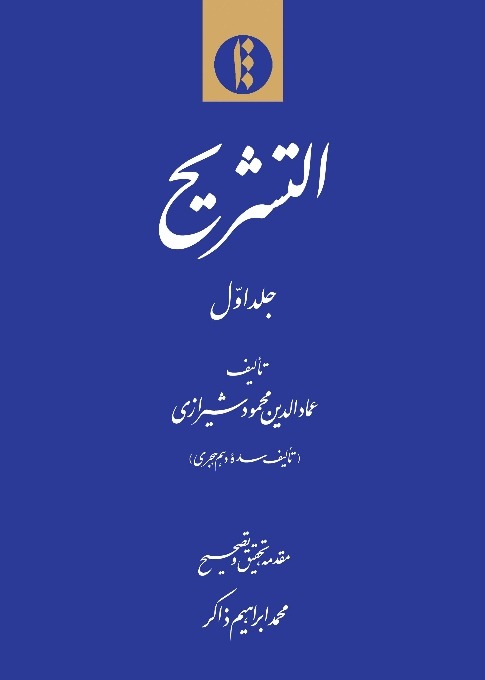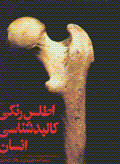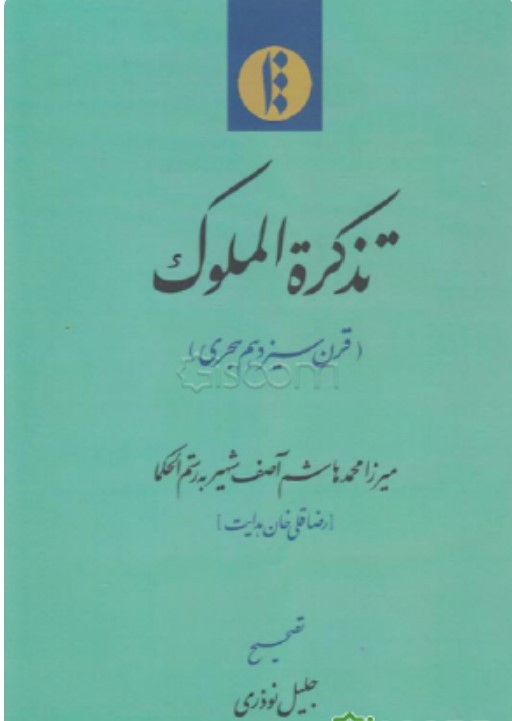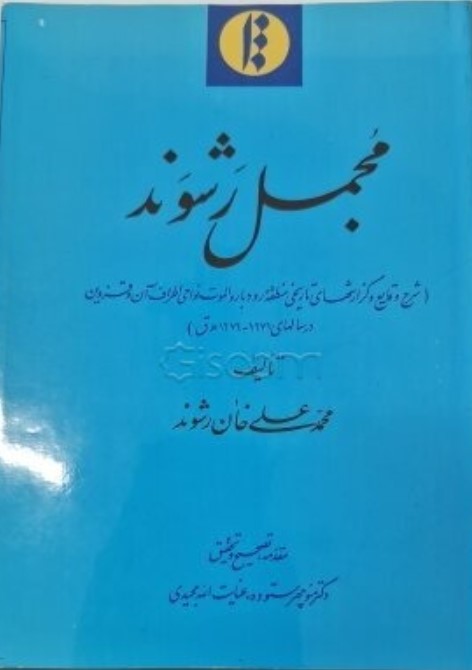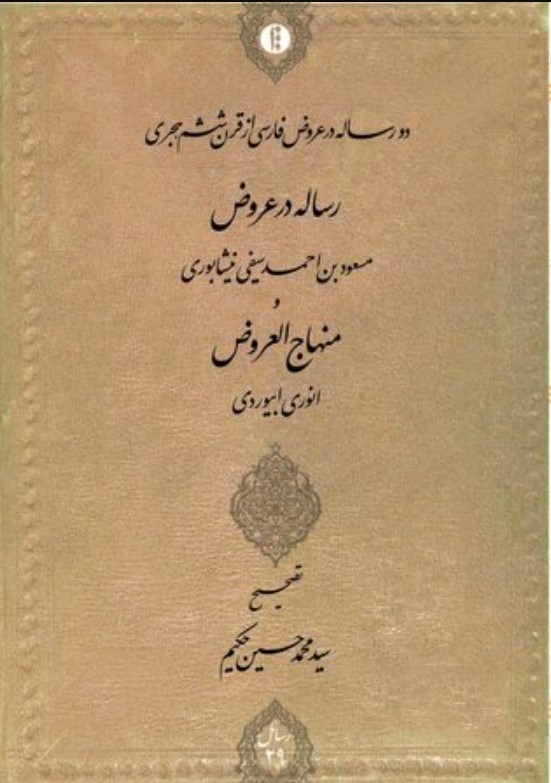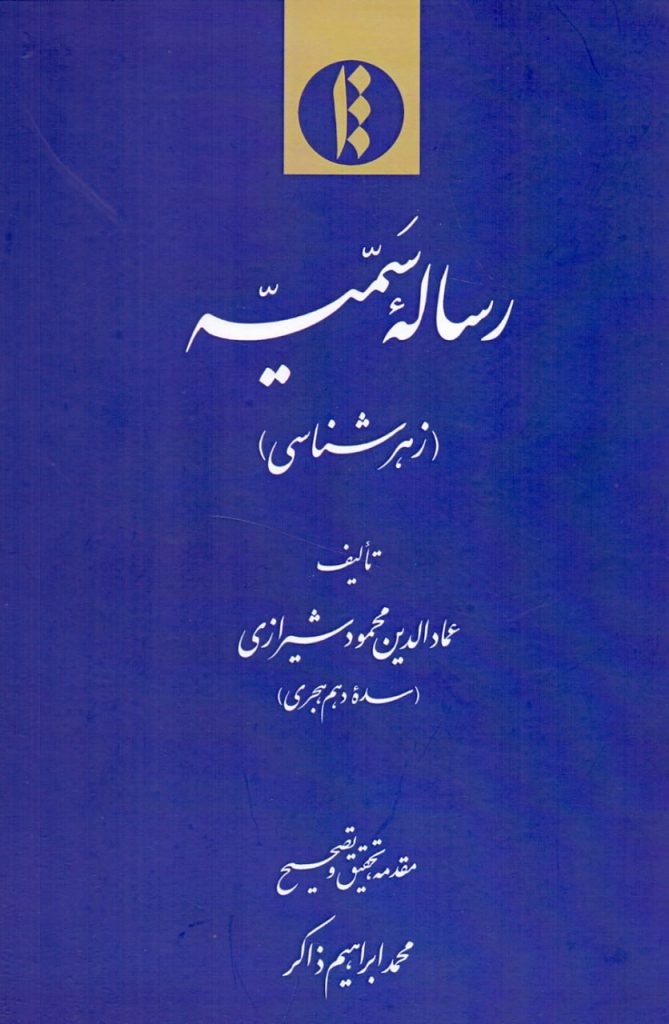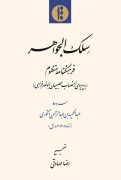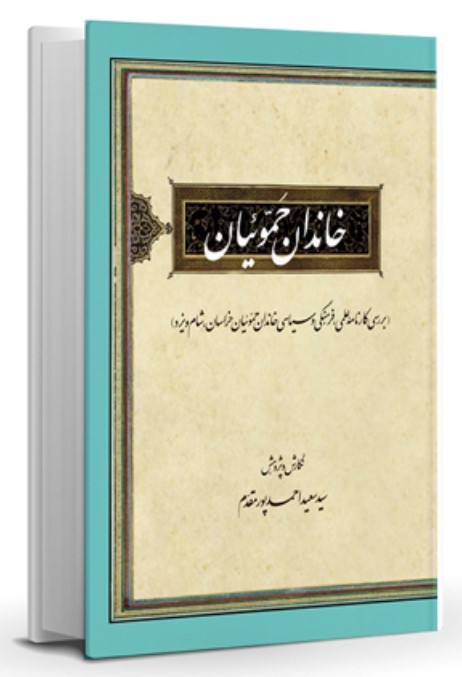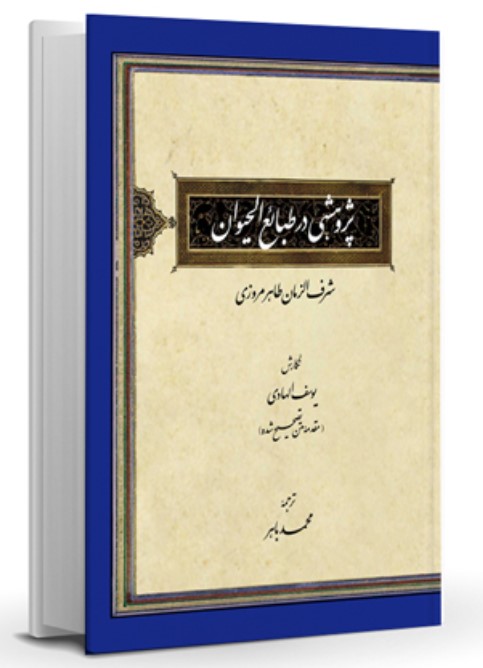Al-Tashrīḥ (2 Jild): Persiska (Farsi) 1399
التشریح (2 جلد)
42,86 £
Dela
Wishlist
Originaltitel:
التشریح (2 جلد)
ISBN:
9786002032157
Förlag:
Miras-i Maktub
NumberOfVolume:
2
Åldersgrupp:
Vuxen
Sidor:
900
Vikt:
1500 g
Produktmått:
18 x 25 x 11 cm
Bokomslag:
Inbunden
Emad al-Din Mahmood is the son of Rukn al-Din Masoud Shirazi, one of the writers named Iranzmin in the 10th century of Hijra. He is considered one of the prominent doctors of this period who followed Persian writing in medical knowledge and related fields. He tried to spread this knowledge among Persian speakers without knowing the Arabic language and literature. He wrote more than thirty books and treatises. The value of his anatomy book is one for its extensive writing and the other for having a section on the physiology of organs; or the interests of the members. The book of anatomy is the most voluminous and the largest writing compared to the books of his predecessors and pioneers in this knowledge and among the future ones until the beginning of the period of Dar al-Funun, which on the one hand examines bones, cartilages, muscles, ligaments and tendons, cerebral and spinal nerves, arteries and Veins in the anatomy section, on the other hand, has discussed how the organs work, and in a group of organs, especially the eye, it tells about the diseases of each layer. The book has seven parts, including the anatomy of the head and neck, chest, back and heart, organs inside the abdomen, hands, feet, joints, cartilage, skin, nails, and hair.
more
عمادالدین محمود فرزند رکنالدین مسعود شیرازی، یکی از نویسندگان بهنام ایرانزمین در سدۀ دهم هجرت است. او یکی از پزشکان برجستۀ این برهۀ زمانی به شمار میآید که پارسینویسی را در دانش پزشکی و رشتههای وابسته بدان دنبال کرد. او کوشش داشت این دانش را بدون دانستن زبان و ادبیات عرب در میان پارسیزبانان فراگیر سازد. او بیش از سی کتاب و رساله نگاشت. ارزشمندی کتاب التشریح او یکی به جهت گستردهنویسی بودن و دیگر داشتن بخش فیزیولوژی اندامها؛ یا منافع الاعضاء است. کتاب التشریح حجیمترین و بزرگترین نوشته نسبت به کتابهای پیشینیان و پیشگامان او در این دانش و در میان آیندگان تا پیش از آغاز دورۀ دارالفنون است که از یک سو به بررسی استخوانها، غضروفها، ماهیچهها، رباط و وترها، اعصاب مغزی و نخاعی، سرخرگها و سیاهرگها در بخش آناتومی و از سوی دیگر به گزاره کردن چگونگی کارکِرد اندامها پرداخته است و در گروهی از اندامها به ویژه چشم، بیماریهای هر لایه را بازگو میکند. کتاب هفت جزو است، دربرگیرندۀ: آناتومی سر و گردن، سینه، پشت و دل، اندامهای درون فضای شکم، دست، پا، مفصل، غضروف، پوست، ناخن و مو.
more

